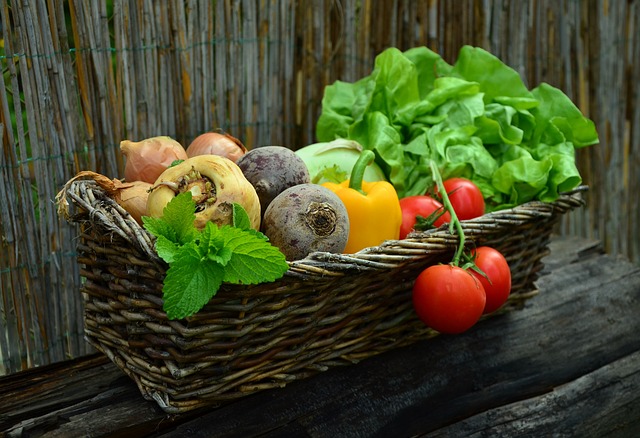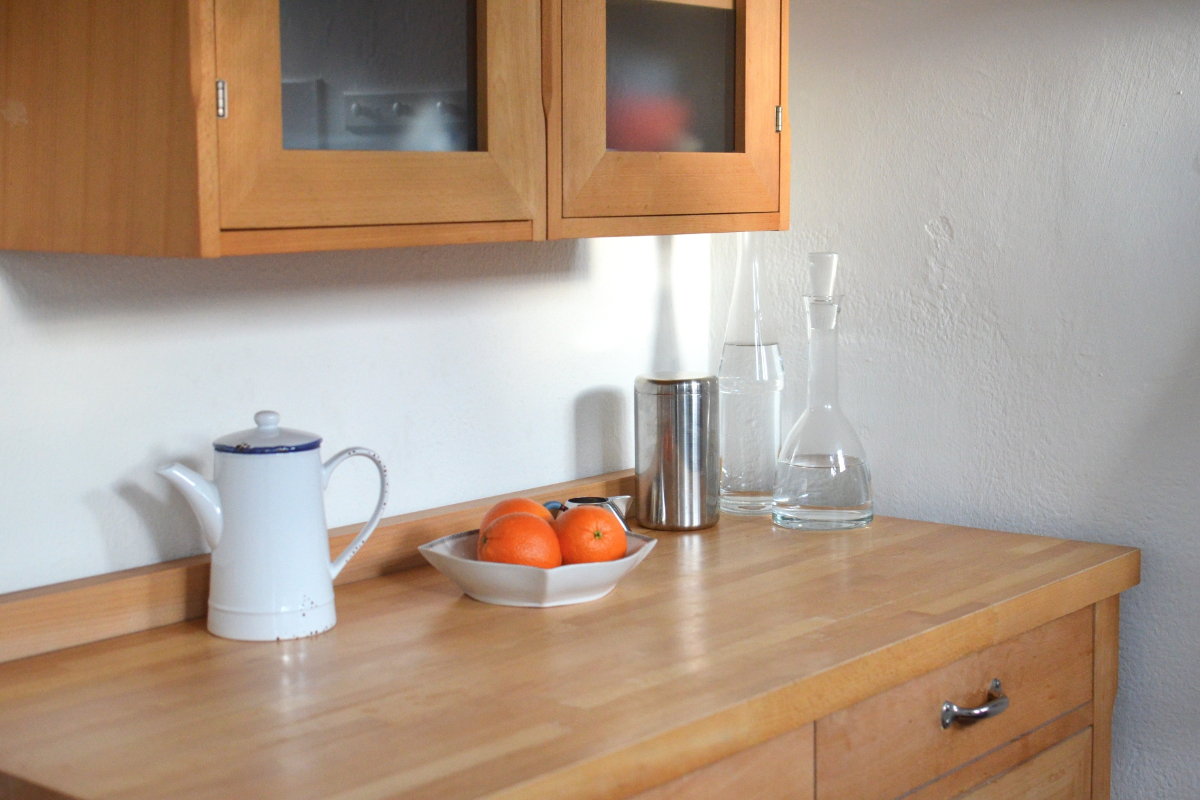Get Started with Gardening for Beginners
There are some affiliate links below, but they are all products I highly recommend. For more info, view my disclosure here.
Are you ready to embark on a journey of tranquility and self-sufficiency? Look no further than gardening. Whether you have a sprawling backyard or just a small balcony, growing your own peace is within reach.
In this article, we will guide you through the basics of gardening, providing you with the knowledge and skills needed to cultivate a thriving garden oasis.
First, we’ll help you select the right plants for your space, ensuring their suitability for your climate and available sunlight.
Next, we’ll teach you how to prepare your soil for planting, creating a fertile foundation for your plants to flourish. You’ll also learn the art of watering and irrigation, essential for the health and vitality of your garden.
Equipped with the essential tools, such as shovels, trowels, and pruners, you’ll be ready to dive into the world of gardening.
We’ll also explore effective techniques for managing pests and diseases, ensuring your plants stay strong and resilient.
Ready to get your hands dirty? Let’s dive into the world of gardening, so you can experience the joy of harvesting and enjoying the fruits of your labor.
Get ready to grow your own peace!
Selecting the Right Plants for Your Space
When choosing plants for your garden, it’s important to consider the size and layout of your space to ensure a harmonious and visually appealing arrangement. You want to create a peaceful oasis that reflects your personal style and preferences.
Start by assessing the amount of sunlight your garden receives throughout the day. Some plants thrive in full sun, while others prefer shade or partial shade. This will help you determine which areas of your garden are suitable for different types of plants.
Next, think about the size of your space and the plants that will fit well within it. If you have a small garden or limited space, consider plants that are compact and don’t spread too much. This will prevent overcrowding and allow each plant to have enough room to grow and flourish. Additionally, consider the height of the plants you choose. Taller plants can add vertical interest and create a sense of depth in your garden, while shorter plants can be used as groundcovers or borders.
Furthermore, consider the maintenance requirements of the plants you select. If you’re a beginner gardener, it’s wise to start with low-maintenance plants that are easy to care for. This will help you build confidence and prevent overwhelm. Research the watering, fertilizing, and pruning needs of each plant to ensure you can provide the necessary care.
By carefully selecting the right plants for your space, you can create a beautiful and serene garden that brings you joy and tranquility. Enjoy the process of choosing and planting, and watch as your garden grows into a peaceful sanctuary.
Preparing Your Soil for Planting
First, make sure you’ve got the right soil for planting. Preparing your soil is crucial for the success of your garden.
Begin by testing the soil pH levels. You can easily do this by purchasing a soil testing kit from your local garden center. Most plants prefer a slightly acidic to neutral pH level, around 6 to 7. If your soil is too acidic or alkaline, you can adjust it by adding lime or sulfur accordingly.
Next, remove any weeds or grass from the planting area. These unwanted plants can compete with your new plants for nutrients and water. Use a garden hoe or shovel to dig up the weeds and their roots. Once the area is clear, loosen the soil by breaking it up with a garden fork or tiller. This will allow the roots of your plants to penetrate the soil easily.
To enrich the soil, add compost or organic matter. This will improve the soil structure, drainage, and nutrient content. Spread a layer of compost or organic matter over the planting area and mix it into the top few inches of soil. This will provide a fertile and nutrient-rich environment for your plants to thrive.
Smooth out the soil surface and water it thoroughly. This will settle the soil and ensure proper hydration for your plants.
Now, you’re ready to start planting and watch your garden grow!
Understanding Watering and Irrigation
Make sure you know the ins and outs of watering and irrigation to keep your plants thriving and flourishing. Proper watering is essential for the health and growth of your garden.
The amount of water your plants need will depend on various factors such as the type of plant, the weather conditions, and the soil type. It is important to water your plants deeply and infrequently rather than giving them frequent shallow waterings. This encourages the roots to grow deeper into the soil, making the plants more resilient to drought.
One way to determine if your plants need watering is by checking the soil moisture level. Stick your finger about an inch into the soil and if it feels dry, it’s time to water. Avoid overwatering as it can lead to root rot and other diseases. It’s better to water in the morning or evening when the temperatures are cooler, as this allows the water to be absorbed by the plants before it evaporates.
Irrigation systems can be a great help in ensuring that your plants receive the right amount of water. Drip irrigation is a popular choice for many gardeners as it delivers water directly to the roots, minimizing water wastage. You can also consider using a soaker hose or a sprinkler system, depending on your needs and garden size.
Remember to adjust your watering schedule based on the weather conditions. During hot and dry periods, you may need to water more frequently, while during cooler and rainy seasons, you can reduce the frequency. By understanding the watering and irrigation needs of your plants, you can create a healthy and thriving garden.
Essential Tools for Gardening Success
To achieve gardening success, you’ll need essential tools that are crucial for maintaining a bountiful and thriving garden. These tools will make your gardening experience easier and more efficient, allowing you to enjoy the process while reaping the rewards of your hard work.
First and foremost, a good pair of gloves is essential. They’ll protect your hands from thorns, sharp edges, and dirt, ensuring your comfort and safety while working in the garden.
Additionally, a hand trowel is a must-have tool for planting, transplanting, and digging small holes. It’s versatile and can be used for various tasks, making it an indispensable tool for any gardener.
A watering can or a hose with a spray nozzle is another essential tool. It allows you to water your plants gently and evenly, preventing overwatering or underwatering.
Furthermore, a garden fork or a spade is necessary for cultivating the soil, turning compost, and removing weeds. These tools help to aerate the soil and ensure that your plants receive the nutrients they need to thrive.
Lastly, a good pair of pruning shears is essential for maintaining the health and shape of your plants. They enable you to trim dead or overgrown branches, promoting growth and preventing diseases.
With these essential tools in your arsenal, you’ll be well-equipped to create a beautiful and flourishing garden.
Managing Pests and Diseases
One crucial step in maintaining a healthy garden is effectively managing pests and diseases to ensure the flourishing of your plants. Pests and diseases can wreak havoc on your garden, damaging your plants and hindering their growth. However, with proper management techniques, you can minimize the impact of these unwanted visitors and protect your plants.
The first step in managing pests and diseases is to identify them accurately. Regularly inspect your plants for any signs of damage, such as holes in leaves or discoloration. Once you’ve identified the pest or disease, you can take appropriate action to control and eliminate it. There are various methods you can employ, such as handpicking pests off your plants, using natural predators like ladybugs, or applying organic insecticides.
Prevention is also key in managing pests and diseases. Keep your garden clean and remove any debris that may harbor pests or diseases. Ensure proper spacing between plants to allow for good air circulation and reduce the risk of fungal infections. Additionally, practice crop rotation to prevent the buildup of pests and diseases in the soil.
Regularly monitor your plants and take action at the first sign of trouble. With proper management techniques, you can protect your garden from pests and diseases, allowing your plants to thrive and grow peacefully.
Pruning and Maintenance Techniques
Take a moment to discover the art of pruning and maintenance techniques, as they play a vital role in nurturing your garden and ensuring its long-term vitality.
Pruning is the process of removing dead or overgrown branches, stems, or leaves from your plants. This not only helps to maintain their shape and size but also promotes healthier growth and improves air circulation. When pruning, make sure to use sharp, clean tools and cut just above a bud or node to encourage new growth.
It’s important to prune at the right time, depending on the type of plant you have. For example, spring-flowering shrubs should be pruned after they bloom, while summer-flowering plants can be pruned in early spring.
Regular maintenance is also crucial for a thriving garden. This includes tasks like weeding, watering, and fertilizing. Weeds compete with your plants for nutrients and water, so it’s important to remove them regularly. Watering should be done deeply and infrequently, allowing the soil to dry out between waterings. And don’t forget to feed your plants with a balanced fertilizer to provide them with the necessary nutrients.
By mastering these pruning and maintenance techniques, you’ll be well on your way to creating a beautiful and thriving garden.
Harvesting and Enjoying the Fruits of Your Labor
Get ready to savor the delicious rewards of your hard work by harvesting and relishing the fruits of your labor in the garden! It’s an exciting and fulfilling experience to see the fruits of your labor come to life.
When it comes to harvesting, timing is crucial. Different fruits and vegetables have their own ideal harvest time, so make sure to do some research or consult gardening resources to know when to pick them.
For instance, tomatoes are best when they’re fully ripe and have a deep, vibrant color. Gently twist the tomato off the vine to avoid damaging the plant. The same goes for cucumbers, peppers, and eggplants. On the other hand, leafy greens like lettuce and spinach can be harvested by cutting the outer leaves as needed, allowing the inner leaves to continue growing.
Once you have harvested your produce, it’s time to enjoy the fruits of your labor. Nothing beats the taste of freshly picked fruits and vegetables. From making a refreshing salad with crisp lettuce and juicy tomatoes to creating a flavorful stir-fry with your homegrown peppers and eggplants, the possibilities are endless.
Remember, gardening isn’t just about the physical act of planting and maintaining. It’s about reaping the rewards and enjoying the bountiful harvest that nature provides.
So go ahead, grab a basket, and indulge in the satisfaction of growing your own food.






